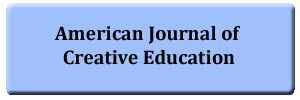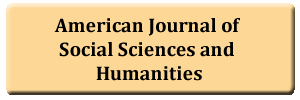Implemented Instructional Models in Tanzania: Experiences from Selected Higher Education Institutions
DOI:
https://doi.org/10.20448/804.4.1.84.97Keywords:
Instructional models, Higher education institutions, Norm instructional models, Implemented instructional models, Elusive competence-based model, Mdoerated traditional model, Elevated traditional model.Abstract
The purpose of this study was to explore norm (standard) instructional models for institutions and professors, implemented instructional models and factors which resulted in implemented instructional models . This study used a case study research design, specifically multiple case study design. This study used observation, semi-structured interviews and documentary review to collect data. This study involved nineteen professor participants. In this study, data analysis was aided by the ATLAS.ti. Software. The Competence-Based Model (CBM) and Moderated Traditional Model (MTM) were norm instructional models in the two studied higher education institutions. Moreover, the CBM was the norm instructional model for professors in the two institutions. The institutions were the Mwalimu Nyerere Memorial Academy (MNMA) and the University of Dar es Salaam (UDSM). The implemented instructional models were Elusive Competence-Based Model (ECBM) or Mild Traditional Model (MiTM), the Elevated Traditional Model (ETM) and the Concentrated Competence-Based Model (CCBM). A number of factors contributed to implemented instruction models. Three main factors were indentified, namely poor economic conditions, poor instructional culture and inappropriate professor’s professional intuitions and qualities. Two norm instructional models were identified, but their implementation was inadequate; the inadequate implementation was attributable to aforementioned factors. The study recommends pilot implementation of educational innovations before their scaling.



